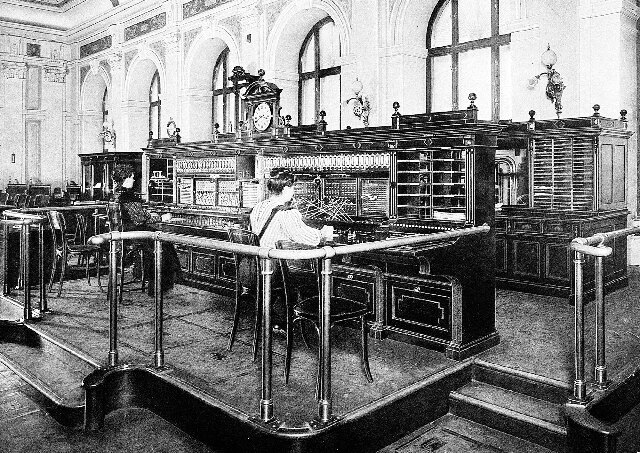Austrian Technology, Austrian Engineers? Transnational Aspects of Nationalism, Modernity and Technology
Author
Location, Date
London, England, Vereinigtes Königreich, 2025
Keywords
Cultural History, Cultural Studies, Urban History, Technical History, Telecommunications, Austria, Habsburg, Pneumatic Tube, Pneumatik, Rohrpost, Telegrafie, Vienna, Wien
ISBN/ISSN/ISMN, DOI
- ISBN/ISSN/ISMN:
- 9781350441934
- DOI:
- http://dx.doi.org/10.5040/9781350441972.0010
Abstract
By the nineteenth century, the idea that nations were not only to be measured on the battlefield, but were in permanent competition with each other, judged by statistics and rankings, had already taken hold. Part of the measurement was the metrics resulting from the construction and operation of large technical infrastructures, of which, telegraphy was an important indicator. The k.k. Handelsministerium (Ministry of Trade of the Austro-Hungarian Empire) therefore endeavored to continuously develop the state telegraph, not only with a view to improving everyday work, but also against the background of competition between nations. When the k.k. Handelsministerium commissioned the young civil engineer Franz Felbinger (1844–1906) to carry out a major infrastructure project within the realm of telegraphy in 1874, it was perceived as an imperial project with a distinct national character. The construction of Vienna’s pneumatic tube system was intended to make the existing telegraph network, which was being expanded at the time, more efficient. Urban pneumatic tube networks existed as early as the 1870s in cities like Paris and Berlin. They carried copies of telegrams between telegraph stations scattered throughout those cities. The transcripts were placed in capsules, sealed, and then inserted into pipes. The medium for the mechanical power required to transport the capsules was air. The ministry nominated Felbinger as an engineer who had no previous references for pneumatic systems, let alone on such a scale. The commission from the k.k. Handelsministerium has some peculiarities. They seem to be relevant to the question of a specifically “Austrian” technology. Vienna’s urban planning project to build a pneumatic tube system that would cover large parts of the city and provide faster communication was embedded in an economic and political reorientation within the Habsburg Monarchy. Even in the preceding decades, the understanding of politics had oscillated between state intervention in the construction of infrastructure and a specific interpretation of liberalism. The forms of imperial intervention were manifold: subsidies in money or land, the empire’s purchase of shares, and subsidies to guarantee interest. The pneumatic tube system, on the other hand, was commissioned and financed directly by the Ministry. The completed system supported the imperial telegraph and was integrated into the civil service structure. The origins of the pneumatic tube system in the capital of the Habsburg Empire is a story of transnational technology transfers, and of the actors and networks that turned an old technical vision into a successful export commodity, making it a reality of state administration within just a few years. The visionary part of Felbinger’s career was exemplified in 1873, when he unveiled his spectacular technical and urban plan, designed together with the architect Josef Hudetz (1842–1909). Felbinger and Hudetz proposed the construction of a centrally located burial hall connected by a pneumatic transport system to the peripheral Central Cemetery of Vienna, which was then under construction. Felbinger presented the project to the Vienna City Council, as well as the public through a publication and lively discussion in international newspapers. Although the design was seriously negotiated within the city council and administration, the vision was never realized. But it was probably his skillful handling of the public that legitimized Felbinger as a pneumatics expert in the eyes of the k.k. Handelsministerium. This essay traces the genesis of Vienna’s pneumatic tube system and examines the broad cultural specifics of an “Austrian technology” through the biography of the engineer Felbinger.
Volume/Issue, Pages
43–56
Language, Format, Material, Edition
English

Activity List
-
- Elena Shapira: Austrian Identity and Modernity. Culture and Politics in the 20th Century. Bloomsbury Academic. 2025 -
-
Associated Media Files
 Image#1
Image#1 Image#2
Image#2
